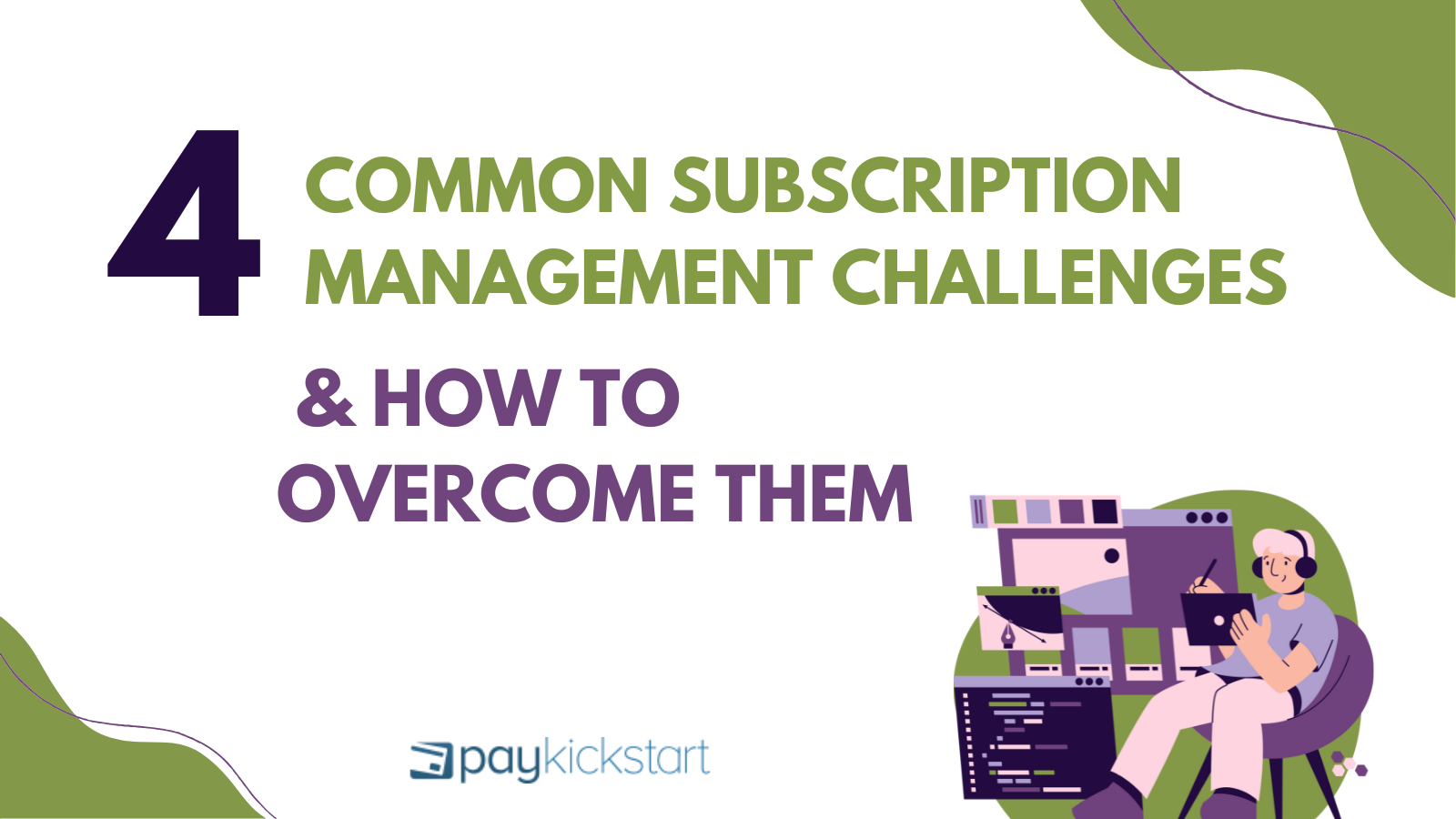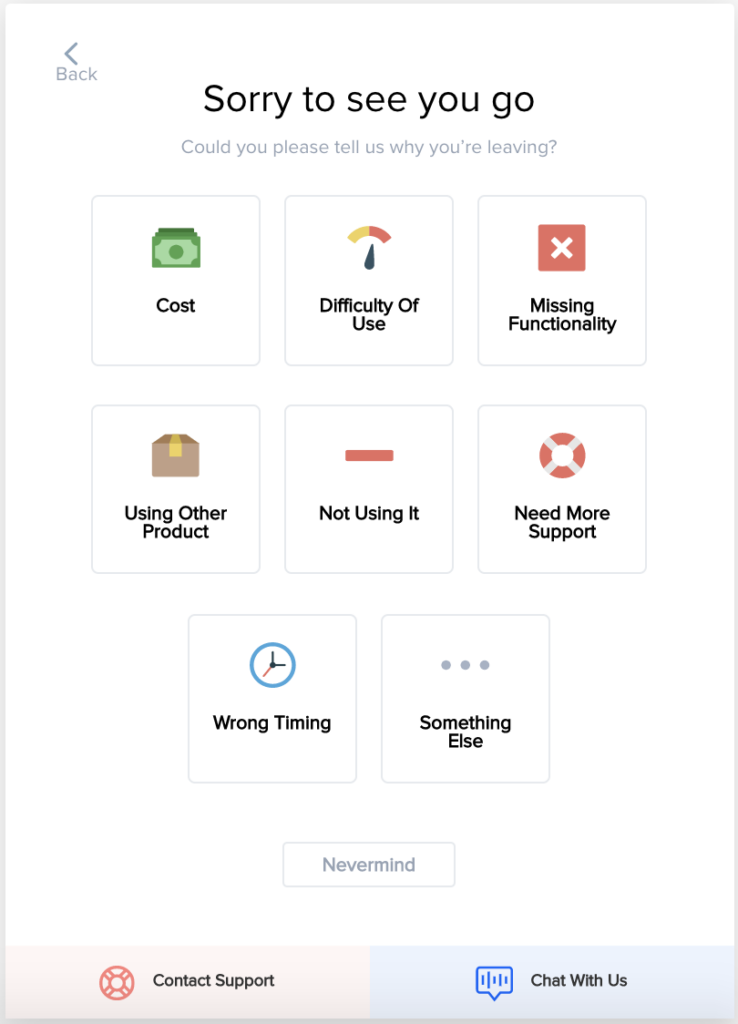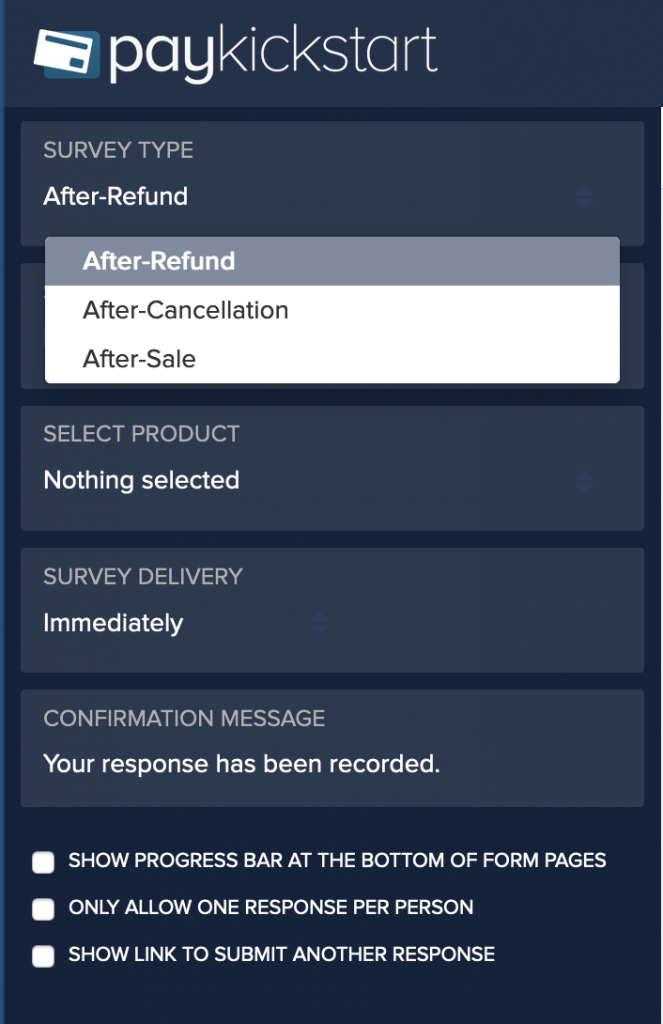Subscription growth hack (by PayKickstart)
Facebook Group - 3,932 members
Visit Group
The subscription-based business model seems like a very good idea because monthly revenue is more or less predictable, thanks to active recurring payments.
And yet these businesses face quite a few challenges when it comes to managing those recurring customers that they rely on. Here are the most common of those challenges and how to overcome them:
One common reason for customers to leave after a month or two is their failure to understand the product and how it solves their problem. It can be usability issues, product positioning issues, or expectation management issues.
In any of those cases, effective customer onboarding is what will likely help product adoption. Walking each of your clients through your platform will help your team identify and report possible UX issues, position your product based on your customers’ needs and set the expectations right.
Teams looking to deliver clearer walkthroughs often explore Loom alternatives to better tailor video guides to specific onboarding stages or user preferences.
Product adoption can be managed at the pre-subscription stage (during the trial stage) which can also boost conversions from trial to paying customers.
It is also important to closely monitor your newly subscribed users to ensure they are actively using your product and all its features. Tracking inactive users and reaching out to them is another solid way to ensure adequate product adoption.
Investing time and resources into regularly educating your subscribers is another great way to help them embrace your product more effectively. Run regular webinars or live sessions. PayKickstart offers quite a few handy integrations for that, including:
A business may lose a subscription not because that user wanted to leave but because of the reasons that were beyond them, like a failed payment or a technical error. This is referred to as involuntary churn (also referred to as delinquent churn).
To minimize involuntary churn and revive the majority of subscriptions, your platform should be equipped with the following:

Customers may leave for a variety of reasons:
Whatever it is, you need to know those reasons to be able to fix the issues, and hopefully retain those accounts.
PayKickstart offers the “Cancellation Saver” that will prompt your user to choose the reason for canceling when they are leaving. This will allow you to identify most frequent reasons for canceling:

Based on the reason they choose, the tool will also suggest a better solution to canceling. For example, if your customer chooses “Cost” as the reason, the tool will suggest switching to a lower tier. This will save a good amount of those quitting accounts.
Another helpful feature within PayKickstart allowing you to better understand why your platform is losing customers is called “Customer Surveys”. It will encourage your customers to provide feedback when they have canceled their accounts or requested a refund:

Customer support is crucial for customer conversion and retention. According to PWC, 73% of the surveyed people point to customer experience as a crucial factor in their purchasing with about 80% of American consumers pointing to speed, convenience, knowledgeable help and friendly service as the most important elements of a positive customer experience.
Customer experience can even beat higher pricing: 86% of consumers are eager to pay more for a good customer service. Additionally, almost 70% of customers want to have the option to communicate with a company through multiple channels.
We’ve all been here: Most of us have made a purchase in a retail store because of the helpful customer service representative. We’ve picked hosting companies and platforms based on how quick and helpful the customer support has proven to be. We’ve all quit platforms because we failed to get help. Facebook and Google can afford to have non-existant customer support but for smaller brands customer service can make or break a business.
To improve your customer support strategy, you need to adopt an on-going monitoring and collaboration:
Subscription-based business model has many benefits, and yet there are challenges to face and overcome to make it a success. Subscription management requires a well-formed strategy that includes close monitoring and involvement.
Luckily PayKickstart handles much of it for you keeping your customers updates and engaged. Try PayKickstart for free now!
Ann Smarty is the Brand Manager at Internet Marketing Ninjas, as well as co-founder of Viral Content Bee. Ann has been into Internet Marketing for over a decade, she is the former Editor-in-Chief of Search Engine Journal and contributor to prominent search and social blogs including Small Biz Trends and Mashable. Ann is also the frequent speaker at Pubcon and the host of a weekly Twitter chat #vcbuzz
Read More About Ann Smarty